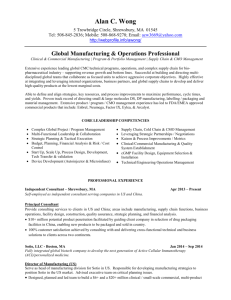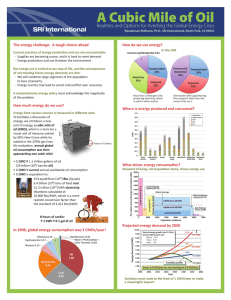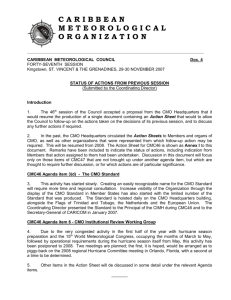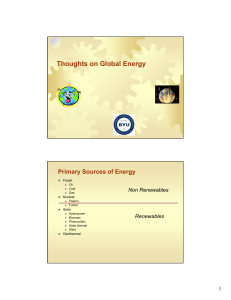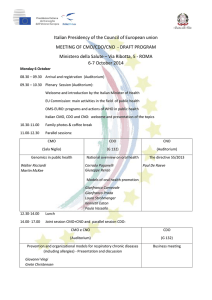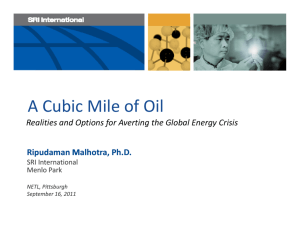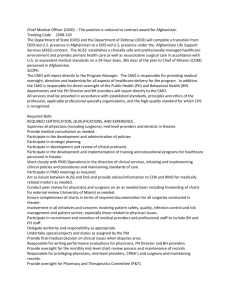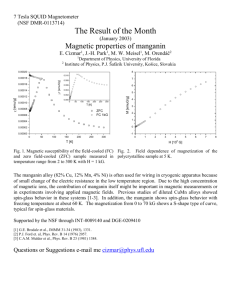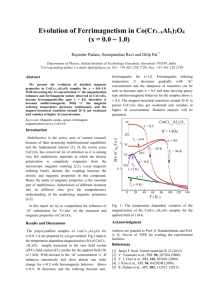View - Pondicherry University
advertisement
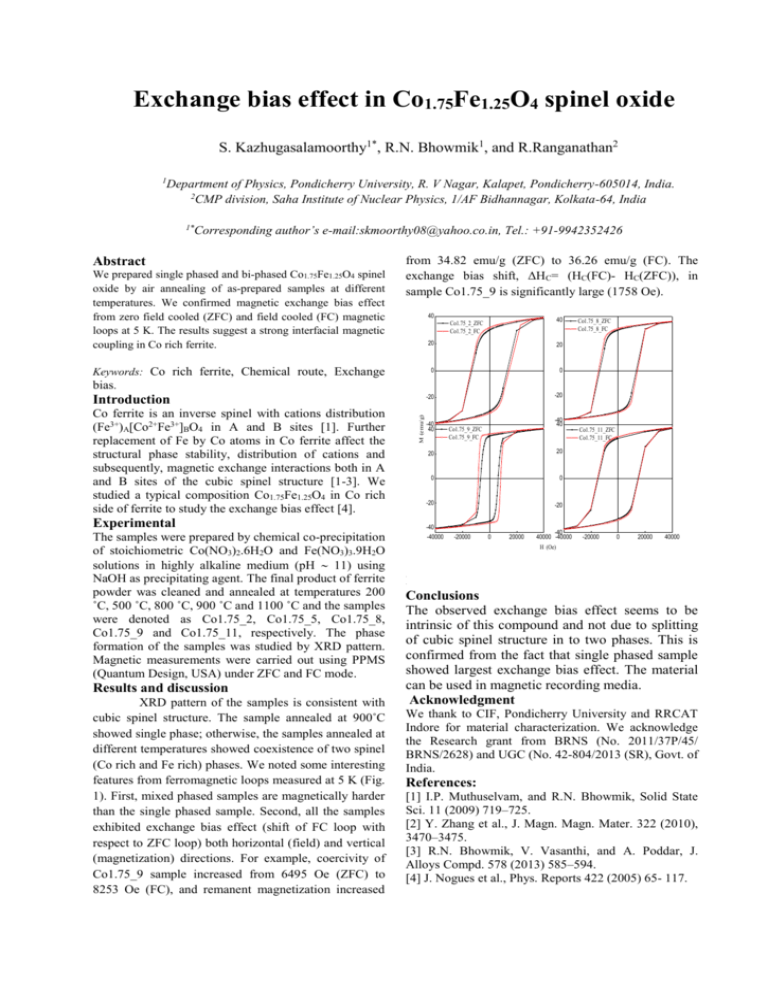
Exchange bias effect in Co1.75Fe1.25O4 spinel oxide S. Kazhugasalamoorthy1*, R.N. Bhowmik1, and R.Ranganathan2 1 Department of Physics, Pondicherry University, R. V Nagar, Kalapet, Pondicherry-605014, India. 2 CMP division, Saha Institute of Nuclear Physics, 1/AF Bidhannagar, Kolkata-64, India Corresponding author’s e-mail:skmoorthy08@yahoo.co.in, Tel.: +91-9942352426 1* Abstract We prepared single phased and bi-phased Co1.75Fe1.25O4 spinel oxide by air annealing of as-prepared samples at different temperatures. We confirmed magnetic exchange bias effect from zero field cooled (ZFC) and field cooled (FC) magnetic loops at 5 K. The results suggest a strong interfacial magnetic coupling in Co rich ferrite. from 34.82 emu/g (ZFC) to 36.26 emu/g (FC). The exchange bias shift, ΔHC= (HC(FC)- HC(ZFC)), in sample Co1.75_9 is significantly large (1758 Oe). 40 Keywords: Co rich ferrite, Chemical route, Exchange bias. Experimental The samples were prepared by chemical co-precipitation of stoichiometric Co(NO3)2.6H2O and Fe(NO3)3.9H2O solutions in highly alkaline medium (pH 11) using NaOH as precipitating agent. The final product of ferrite powder was cleaned and annealed at temperatures 200 ˚C, 500 ˚C, 800 ˚C, 900 ˚C and 1100 ˚C and the samples were denoted as Co1.75_2, Co1.75_5, Co1.75_8, Co1.75_9 and Co1.75_11, respectively. The phase formation of the samples was studied by XRD pattern. Magnetic measurements were carried out using PPMS (Quantum Design, USA) under ZFC and FC mode. Results and discussion XRD pattern of the samples is consistent with cubic spinel structure. The sample annealed at 900˚C showed single phase; otherwise, the samples annealed at different temperatures showed coexistence of two spinel (Co rich and Fe rich) phases. We noted some interesting features from ferromagnetic loops measured at 5 K (Fig. 1). First, mixed phased samples are magnetically harder than the single phased sample. Second, all the samples exhibited exchange bias effect (shift of FC loop with respect to ZFC loop) both horizontal (field) and vertical (magnetization) directions. For example, coercivity of Co1.75_9 sample increased from 6495 Oe (ZFC) to 8253 Oe (FC), and remanent magnetization increased M (emu/g) Introduction Co ferrite is an inverse spinel with cations distribution (Fe3+)A[Co2+Fe3+]BO4 in A and B sites [1]. Further replacement of Fe by Co atoms in Co ferrite affect the structural phase stability, distribution of cations and subsequently, magnetic exchange interactions both in A and B sites of the cubic spinel structure [1-3]. We studied a typical composition Co1.75Fe1.25O4 in Co rich side of ferrite to study the exchange bias effect [4]. 40 Co1.75_2_ZFC Co1.75_2_FC 20 20 0 0 -20 -20 -40 40 -40 40 Co1.75_9_ZFC Co1.75_9_FC 20 20 0 0 -20 -20 -40 -40000 -20000 0 20000 -40 40000 -40000 Co1.75_8_ZFC Co1.75_8_FC Co1.75_11_ZFC Co1.75_11_FC -20000 0 20000 40000 H (Oe) FIG. 1: FC-ZFC loop for Co1.75Fe1.25O4 samples at 5 K. Conclusions The observed exchange bias effect seems to be intrinsic of this compound and not due to splitting of cubic spinel structure in to two phases. This is confirmed from the fact that single phased sample showed largest exchange bias effect. The material can be used in magnetic recording media. Acknowledgment We thank to CIF, Pondicherry University and RRCAT Indore for material characterization. We acknowledge the Research grant from BRNS (No. 2011/37P/45/ BRNS/2628) and UGC (No. 42-804/2013 (SR), Govt. of India. References: [1] I.P. Muthuselvam, and R.N. Bhowmik, Solid State Sci. 11 (2009) 719–725. [2] Y. Zhang et al., J. Magn. Magn. Mater. 322 (2010), 3470–3475. [3] R.N. Bhowmik, V. Vasanthi, and A. Poddar, J. Alloys Compd. 578 (2013) 585–594. [4] J. Nogues et al., Phys. Reports 422 (2005) 65- 117.

